Category: Documentation
-
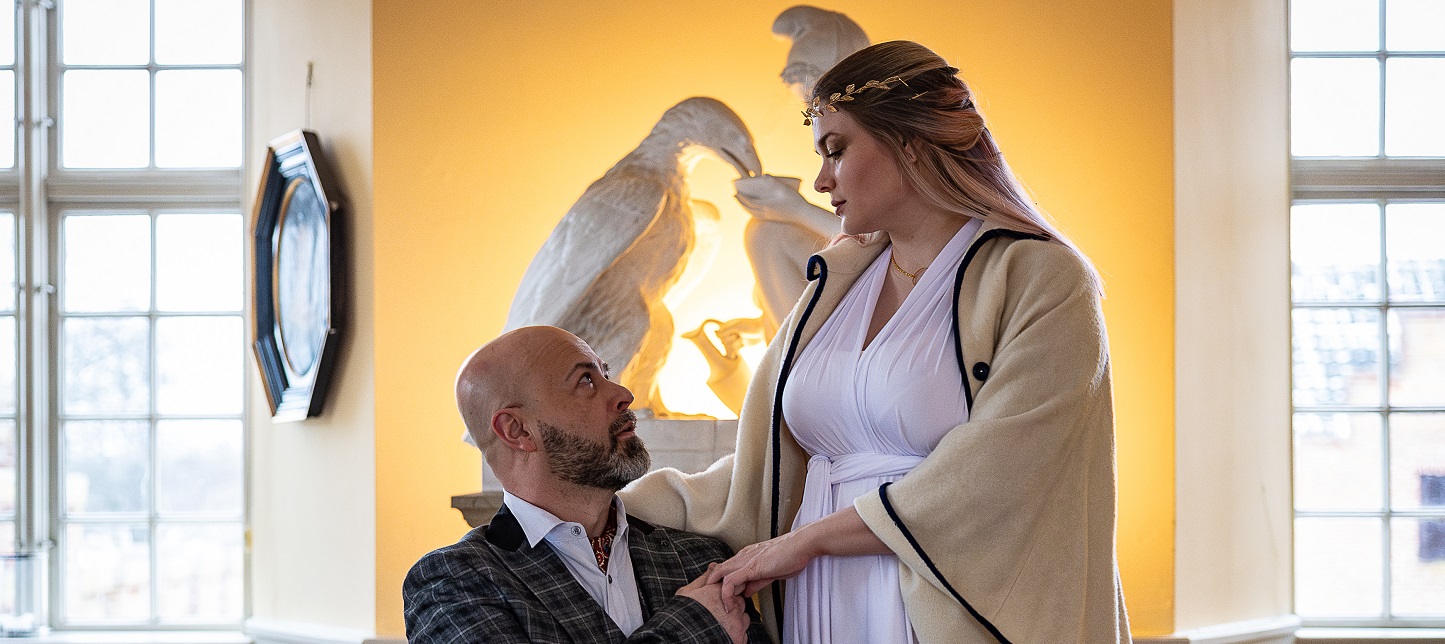
Helicon: An Epic Larp about Love, Beauty, and Brutality
Ritual play in which group of artists, leaders, and scientists bind the Muses of antiquity to their will.
-
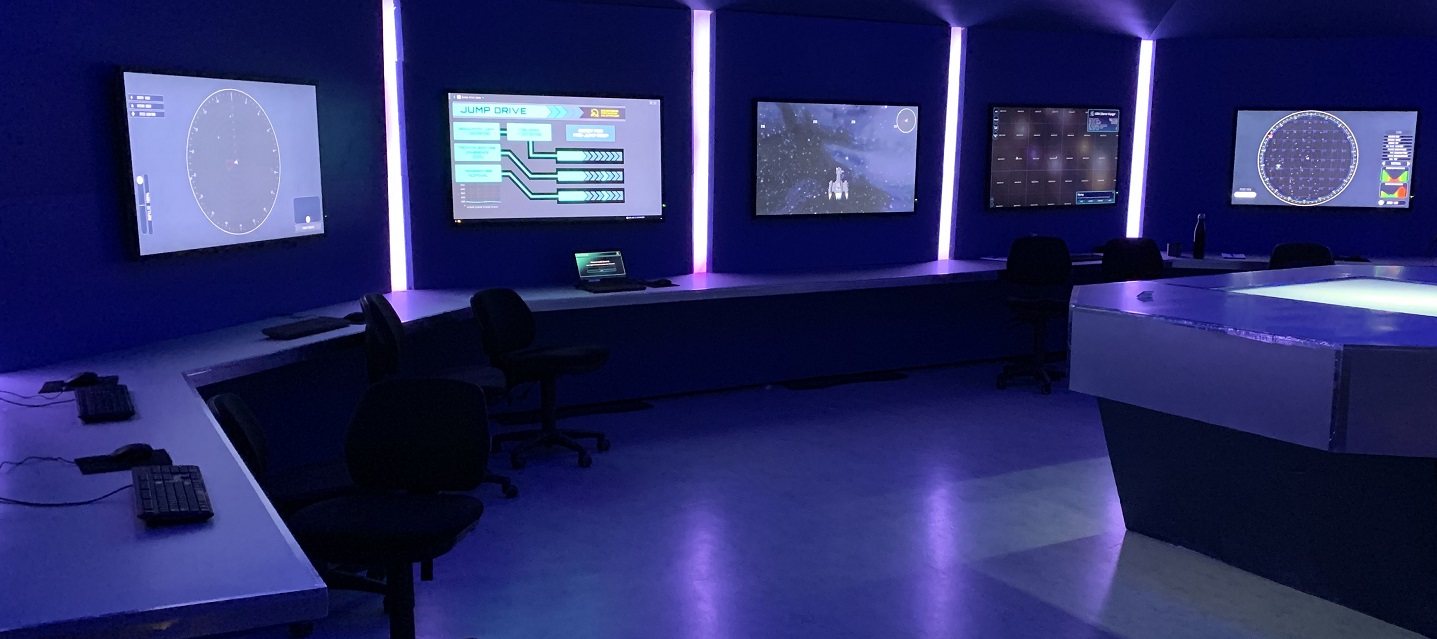
Odysseus A Retrospective (2019)
This article discusses the author’s experience of participating in the 2019 run of the Finnish larp Odysseus.
-

Listen 2 Your Heart Season 8: An Unexpectedly Bleedy Experiment
Reflections on an online larp adaptation of the popular Netflix dating series Love is Blind.
-
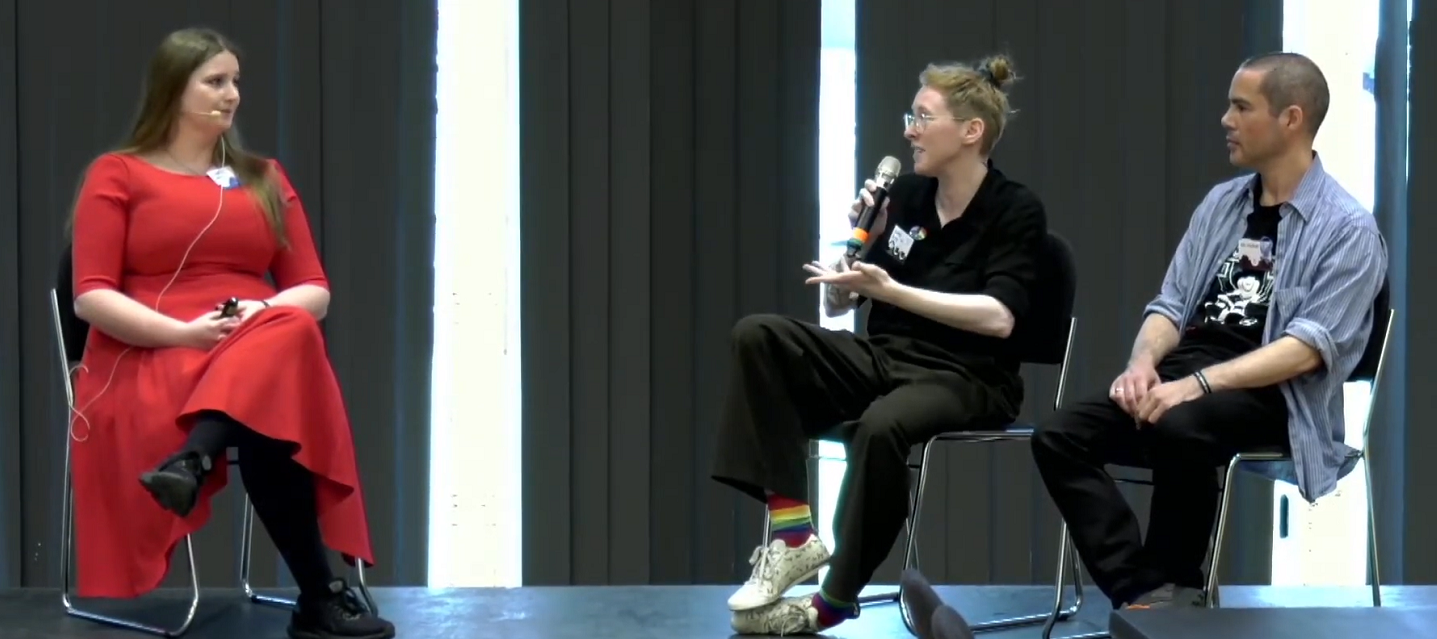
Bringing Larp to the Larpers
Katrine Wind has worked with local producers to re-run Daemon in different countries. In this presentation she shares her experiences together with some of the collaborators: Sandy Bailly who is the producer of the Belgian run and Mo Holkar who is the safety person.
-

A Trip Beyond the House of Craving
Larp is sometimes thought of as a consensual hallucination, and this one was more hallucinogenic than most.
-
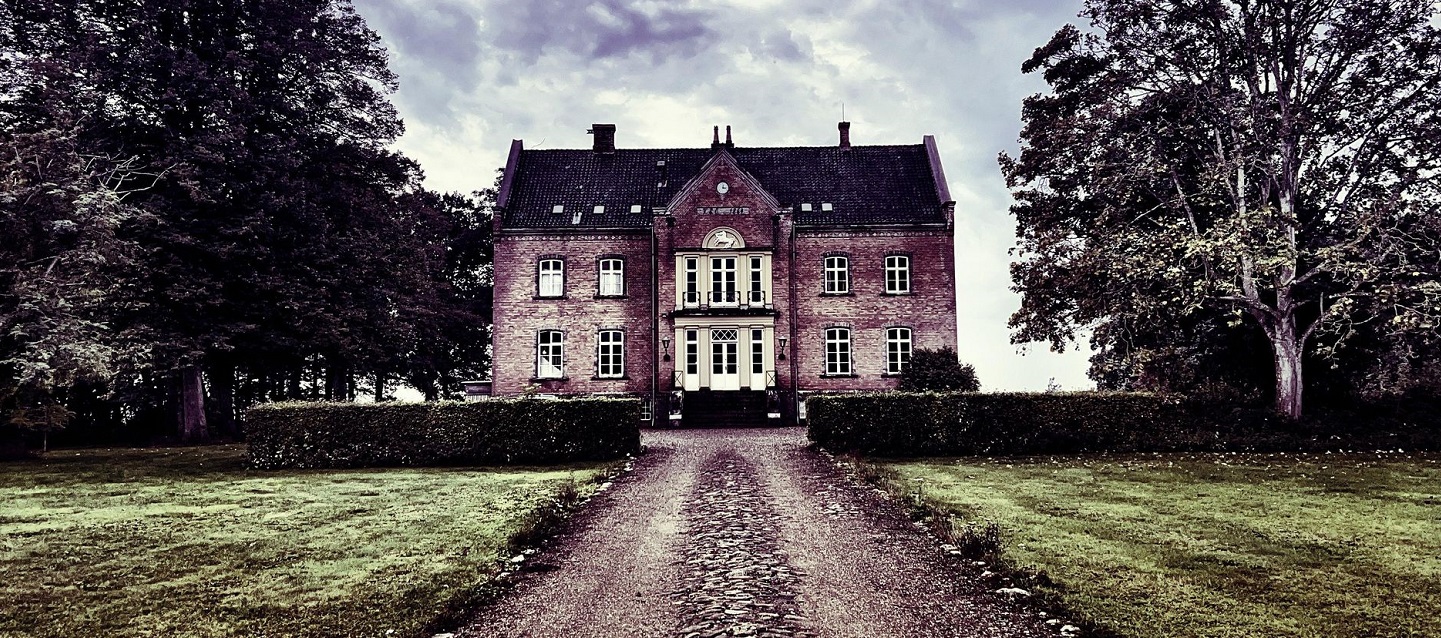
The Immortal Legacy
A documentation piece on the larp Gothic by Avalon Larp Studios. Based on true events featuring Romantic poets in a story of gothic horror.
-

Adding Larp to a Drama Teacher’s Curriculum – Year 1
Lindsay Wolgel is an professional actor and edu-larp enthusiast. She is currently the middle school drama teacher at a charter school in NYC. Learn about the ways she incorporated larp into her curriculum this past year, via in-class parties, a classroom podcast, creative writing prompts and more!
-
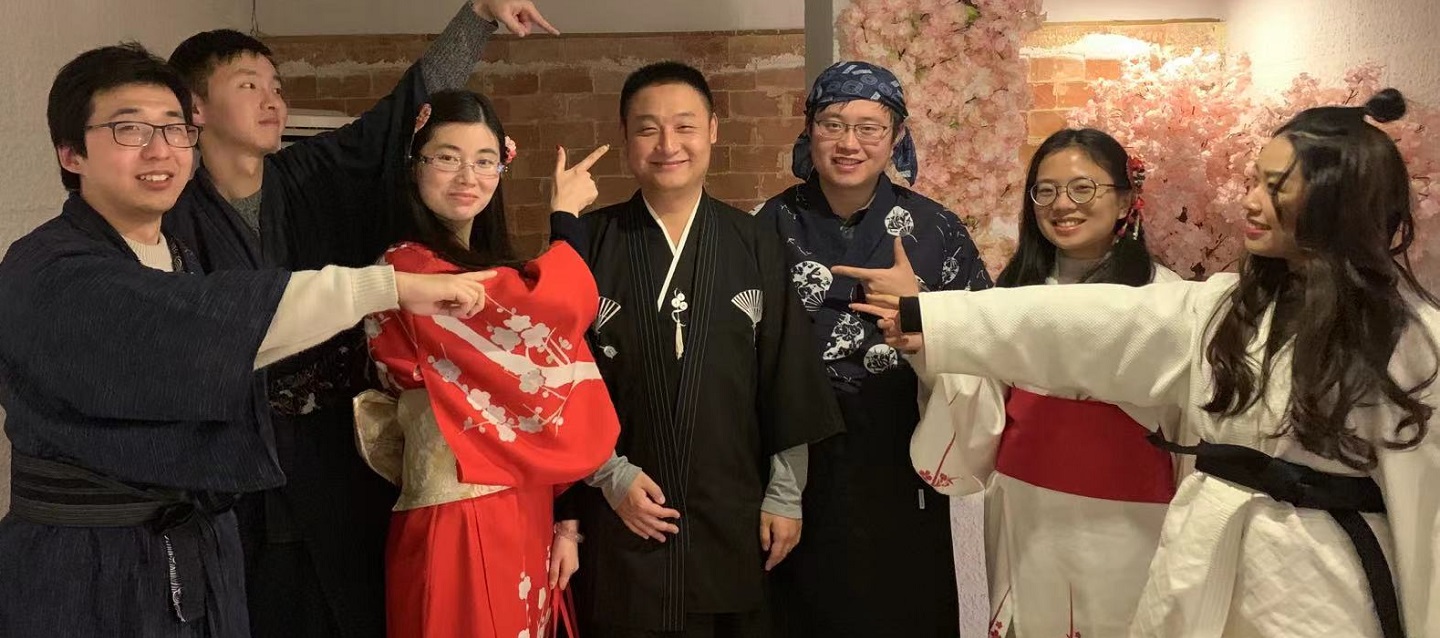
The Chinese Hotpot of Larp
After the explosive growth of the last five years, China now has the biggest larp business in the world. The emergence of pervasive games in China, the largest game market all over the world, was very fast and drastic. The most popular examples, escape rooms (ERs), and murder mystery games (MMG) called jubensha (剧本杀, script

